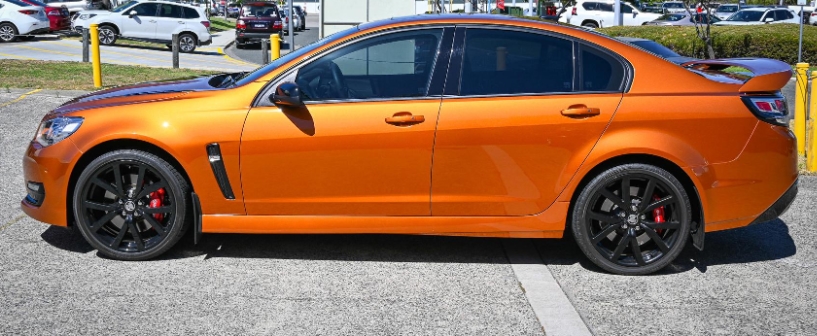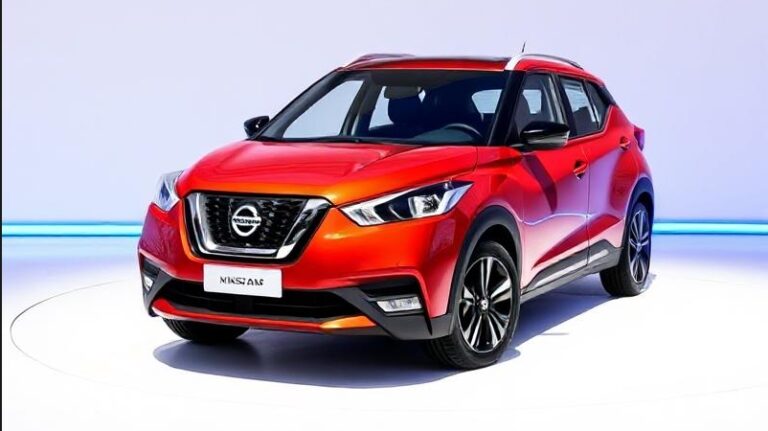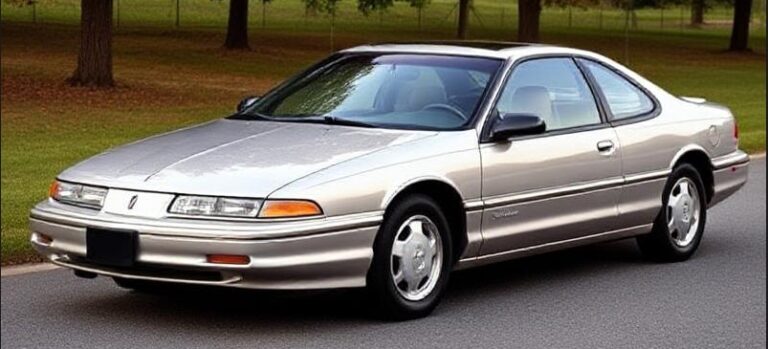The Evolution of the Holden Commodore
The Holden Commodore is one of Australia’s most iconic and enduring automotive nameplates, symbolizing performance, versatility, and Australian engineering ingenuity. Spanning over four decades, the Commodore’s evolution reflects changing market demands, technological advancements, and Holden’s strategic shifts. This article provides a detailed chronological overview of the Commodore’s development, including production years, models, and trim levels.
Origins and First Generation (1978–1988)
Introduction and Development
Holden launched the first-generation Commodore in 1978, replacing the Holden Torana as Holden’s flagship model. Designed in Australia with significant influence from Opel’s Vauxhall and European counterparts, the first-generation Commodore aimed to compete with the Ford Falcon and other European imports.
Models and Trim Levels
Initially offered as the VB series (1978–1980), the range included:
- SL: The base model, equipped with a 2.0L four-cylinder engine.
- SL/X: Added more features and comfort options.
- SL/E: The top trim level, featuring luxury appointments and a 2.85L inline-six engine.
In 1980, the VC series was introduced, bringing styling updates and mechanical refinements. The trim hierarchy remained similar, with the addition of sporty variants like the SS (introduced in later years), which featured a 4.2L V8 engine.
Powertrain Options
- 2.0L and 2.3L four-cylinder engines
- 3.3L and 4.2L inline-six engines
- V8 options (not initially available on all models)
Key Features
The first-generation Commodore was notable for its spacious interior, improved ride quality, and European influence, setting the foundation for future models.
Second Generation (1988–1997)
Overview
The second-generation Commodore, known internally as the VB through VS series, was launched in 1988. It was larger, more refined, and introduced several technological improvements.
Models and Trim Levels
- VP Series (1988–1991): Entry-level models included the Executive, Berlina, and SS. The SS was a sporty variant with a 5.0L V8.
- VR Series (1993–1995): Introduced with updated styling, new interior features, and engine options.
- VS Series (1995–1997): The final of the second generation, with further refinement and the introduction of the Calais trim.
Powertrain and Variants
- Straight-six engines (3.8L, 4.0L)
- 5.0L V8 (in SS and Calais models)
- The introduction of the Ecotec 3.8L V6 engine in later models
Features and Innovations
The second generation saw the Commodore solidify its position in the Australian market, with improved safety features, better ride quality, and a broader range of trims catering to different customer preferences.
Third Generation (1997–2006)
Introduction and Development
Launched in 1997, the third-generation Commodore, designated as the VT series, marked a significant leap forward in design, technology, and safety.
Models and Trim Levels
- VT Series (1997–2000): Offered the Executive, Acclaim, Berlina, Calais, and SS.
- VX Series (2000–2002): Facelifted version with styling updates, new features, and the sporty GTS variant.
- VY Series (2002–2006): Further refinement, with the introduction of the Calais V6 and SS V8 models.
Powertrain Options
- 3.8L Ecotec V6
- 5.7L LS1 V8 (in SS and GTS models)
- 3.8L V6 in later models (VY series)
Special Editions and Trim Levels
- Executive: Base model with essential features.
- Acclaim: Slightly higher trim, added comfort features.
- Berlina: Mid-range with luxury appointments.
- Calais: Premium trim with leather seats, upgraded audio, and additional features.
- SS: Sporty variant with V8 engine, sport-tuned suspension, and distinctive styling.
- GTS: Limited edition, high-performance variant in the VX series.
Technological and Safety Features
This generation introduced anti-lock braking systems (ABS), airbags, and more sophisticated suspension systems, emphasizing safety and comfort.
Fourth Generation (2006–2017)
Development and Launch
The fourth-generation Commodore, known as the VE series, was launched in 2006. It was built on a new chassis with a focus on improved ride quality, safety, and contemporary styling.
Models and Trim Levels
- Omega: Base model, focused on value.
- SV6: Middle-tier with a V6 engine and sportier features.
- SS: High-performance variant with a V8.
- Calais: Luxury-oriented model with premium features.
- Calais V: Enhanced luxury and technology.
- Sportwagon and Ute: Station wagon and utility variants.
Powertrain and Variants
- 3.6L SIDI V6 (later models)
- 6.0L V8 (LS2, in SS)
- 6.2L V8 (L98, in SS V)
Facelifts and Special Editions
- Series II (2009): Styling updates, improved interior features.
- Series III (2013): Further refinement, introduction of new infotainment systems.
- Limited Editions: Including the Black Edition, GTS-R, and Maloo variants.
Notable Features
The VE Commodore introduced advanced safety features like stability control, traction control, and active safety systems. The Ute and Sportwagon versions became popular for their practicality.
Fifth Generation (2018–2020)
Transition and Discontinuation
The fifth-generation Commodore, based on the Opel Insignia, was introduced in 2018, marking Holden’s shift towards importing vehicles due to manufacturing closure in Australia. This generation was produced until 2020 when Holden ceased local manufacturing.
Models and Trim Levels
- LT: Entry-level variant.
- RS: Sportier trim with more features.
- Calais: Premium luxury trim.
- VXR: High-performance model with a twin-turbo 2.0L four-cylinder.
Powertrain Options
- 2.0L turbocharged four-cylinder engine
- 2.8L twin-turbo V6 (limited models)
- Diesel variants introduced in some markets
Features and Technology
Advanced infotainment systems, driver assistance features, and modern styling characterized this generation. It marked a significant departure from traditional Australian-built Commodores, with a focus on global markets.
.
MANY auto lovers not only spend time in their garages to tinker on their autos, but have other projects going on in there as well. Wood working is a popular pastime for the creative type of individual. Not sure what to make next? Or thinking about getting into this kind of hobby? There’s lots of possibilities… Here’s some of them…

.
The End of an Era and Legacy
Holden discontinued the Commodore in 2020, ending a 42-year production run. The model’s legacy is characterized by its adaptability, regional importance, and cultural significance in Australia.
Summary of Commodore Generations and Key Models
| Generation | Years Produced | Notable Models & Trim Levels | Key Features |
|---|---|---|---|
| 1st (VB/VC) | 1978–1988 | SL, SL/X, SL/E, SS, Calais | European influence, V8 options |
| 2nd (VP/VR/VS) | 1988–1997 | Executive, Berlina, Calais, SS, GTS | Safety upgrades, refinement |
| 3rd (VT/VX/VY) | 1997–2006 | Executive, Acclaim, Berlina, Calais, SS, GTS | Advanced safety, V8 options |
| 4th (VE) | 2006–2017 | Omega, SV6, SS, Calais, GTS, Ute, Sportwagon | Modern safety, technology, practicality |
| 5th (Insignia-based) | 2018–2020 | LT, RS, Calais, VXR | Global platform, advanced tech |
Conclusion
The Holden Commodore’s evolution mirrors Australia’s automotive history—starting from European-influenced sedans to a uniquely Australian icon that embodied performance, versatility, and innovation. Over four decades, the Commodore adapted to technological advancements, safety standards, and market trends, maintaining its status as a beloved Australian institution until its discontinuation. Its legacy continues through enthusiast communities, classic restorations, and the enduring impact on Australian automotive culture.







